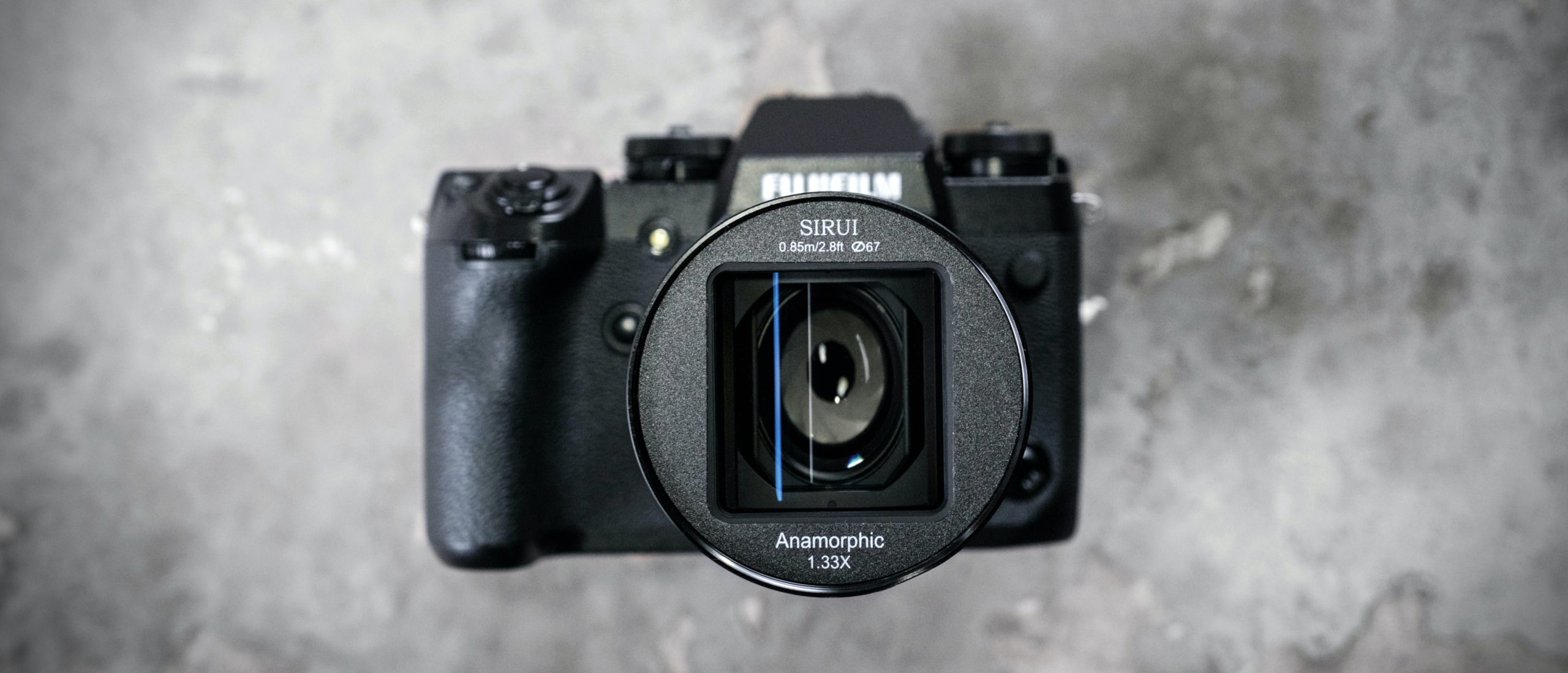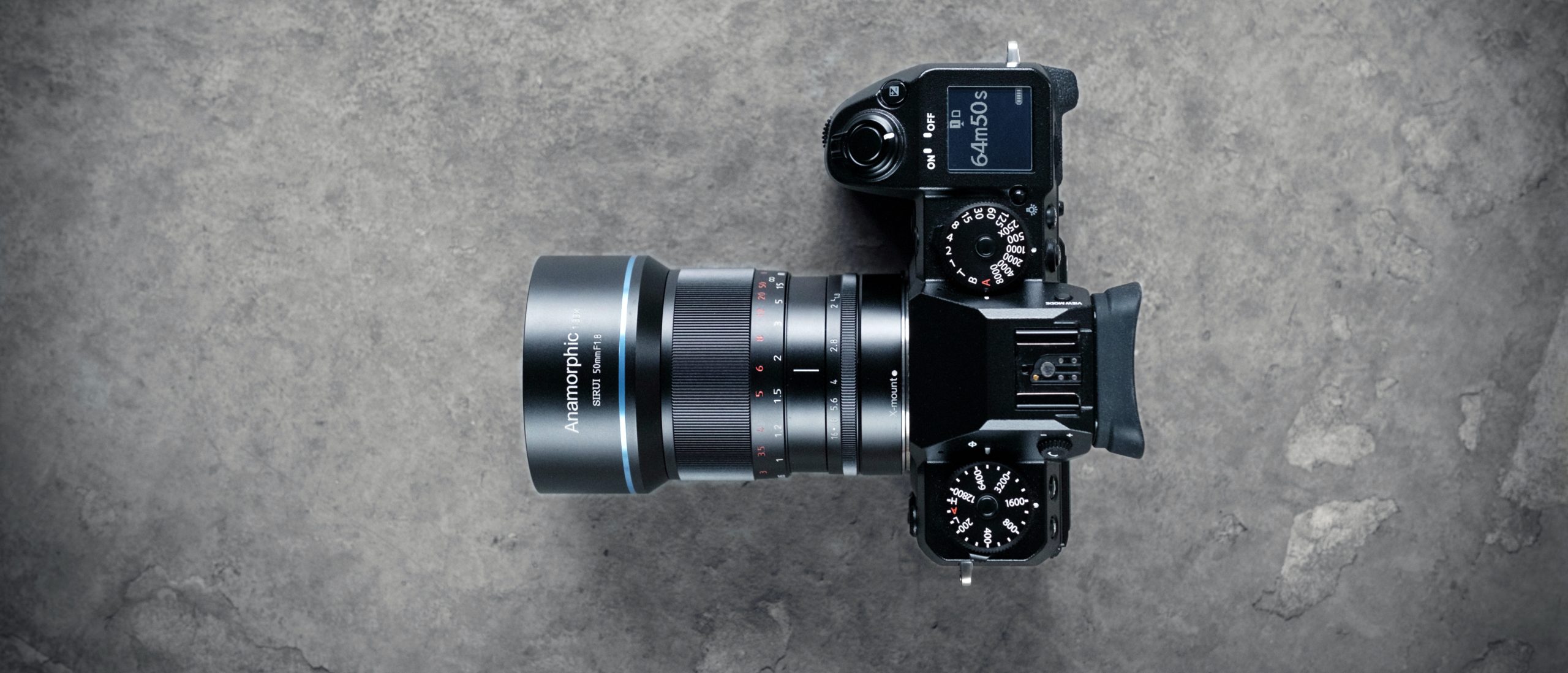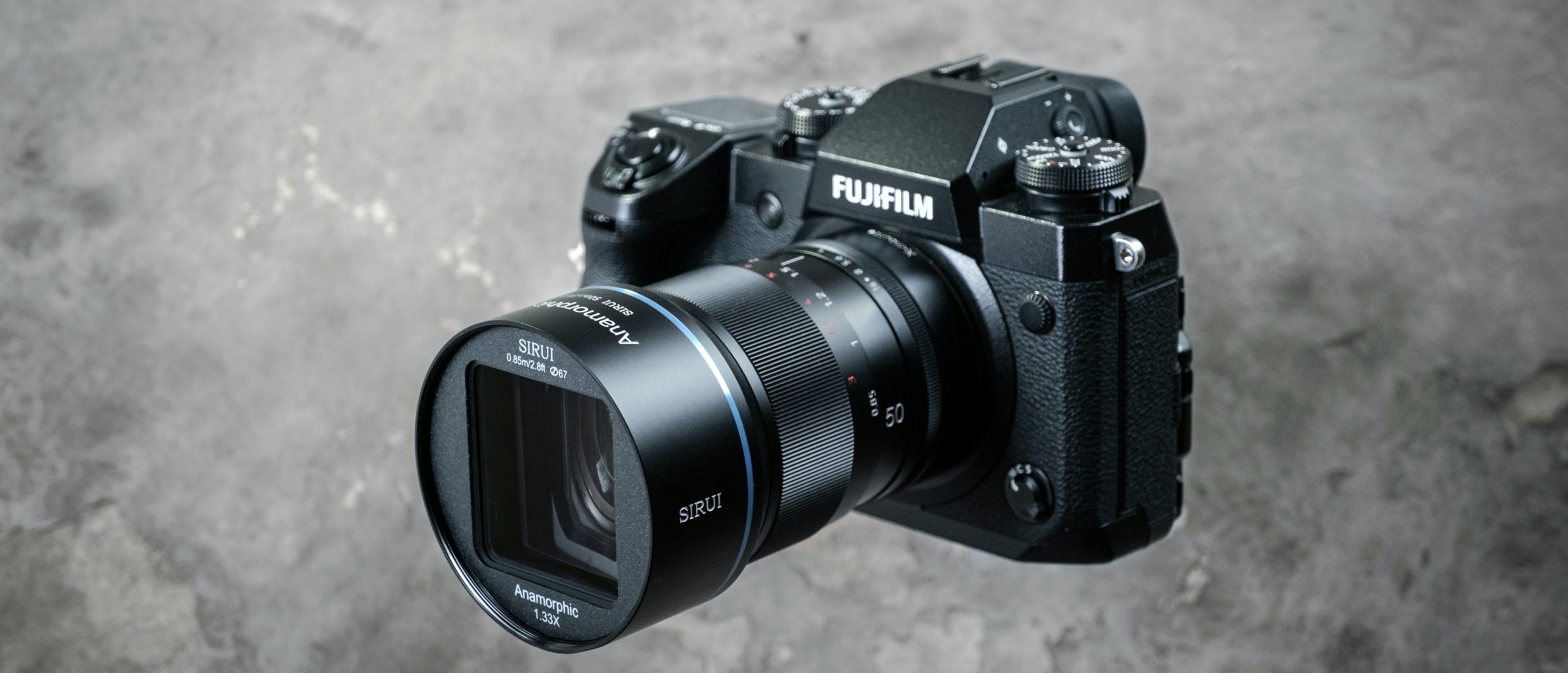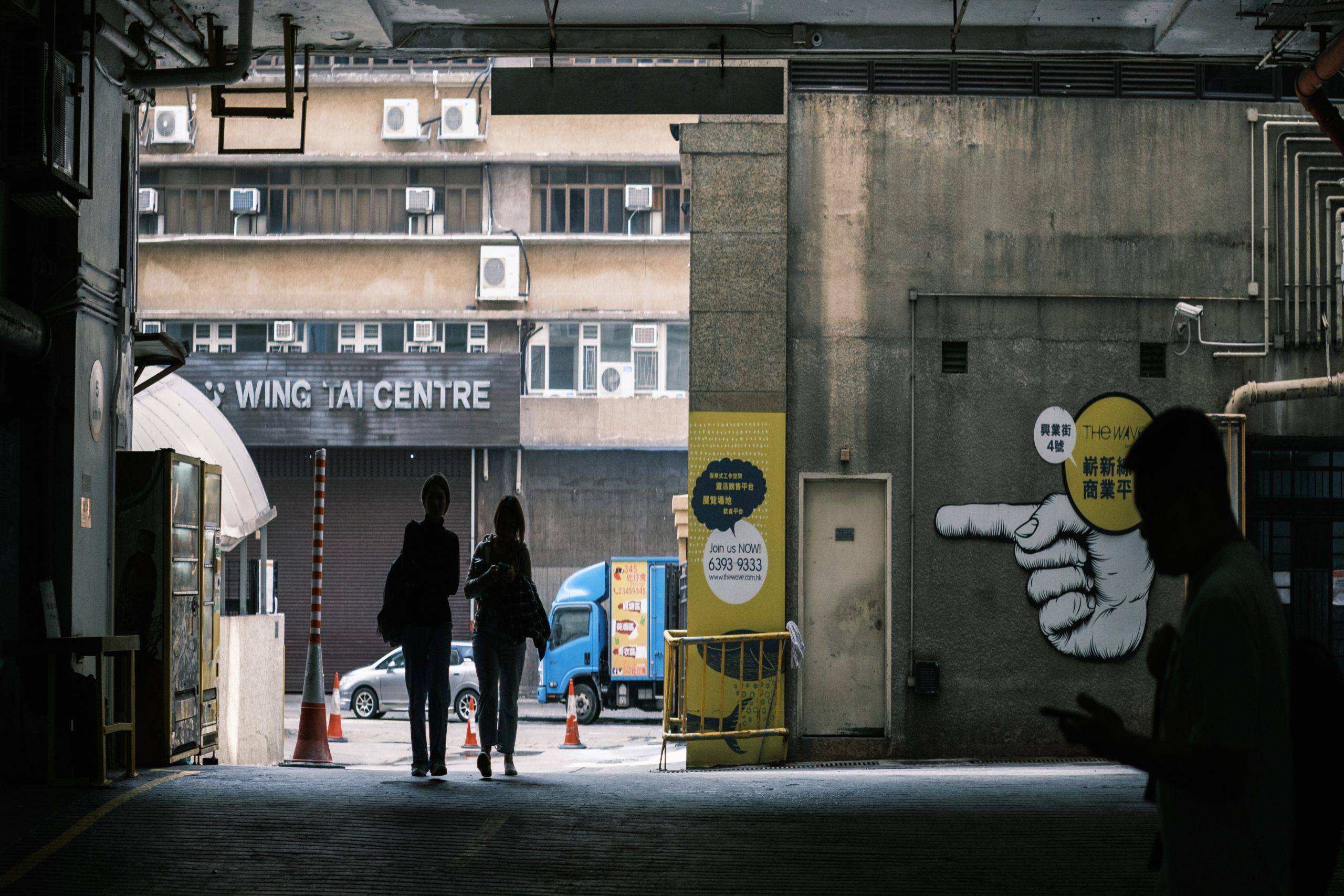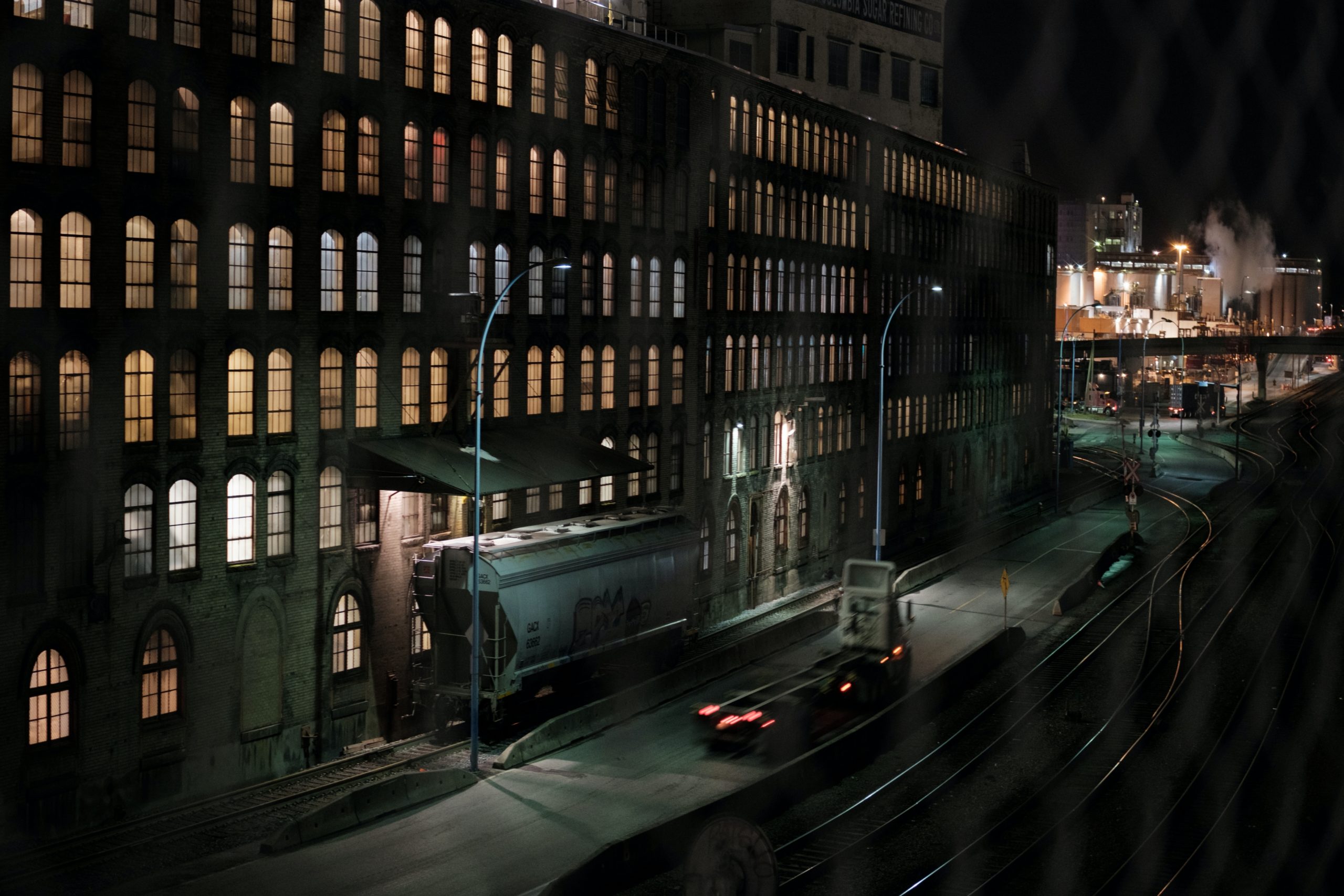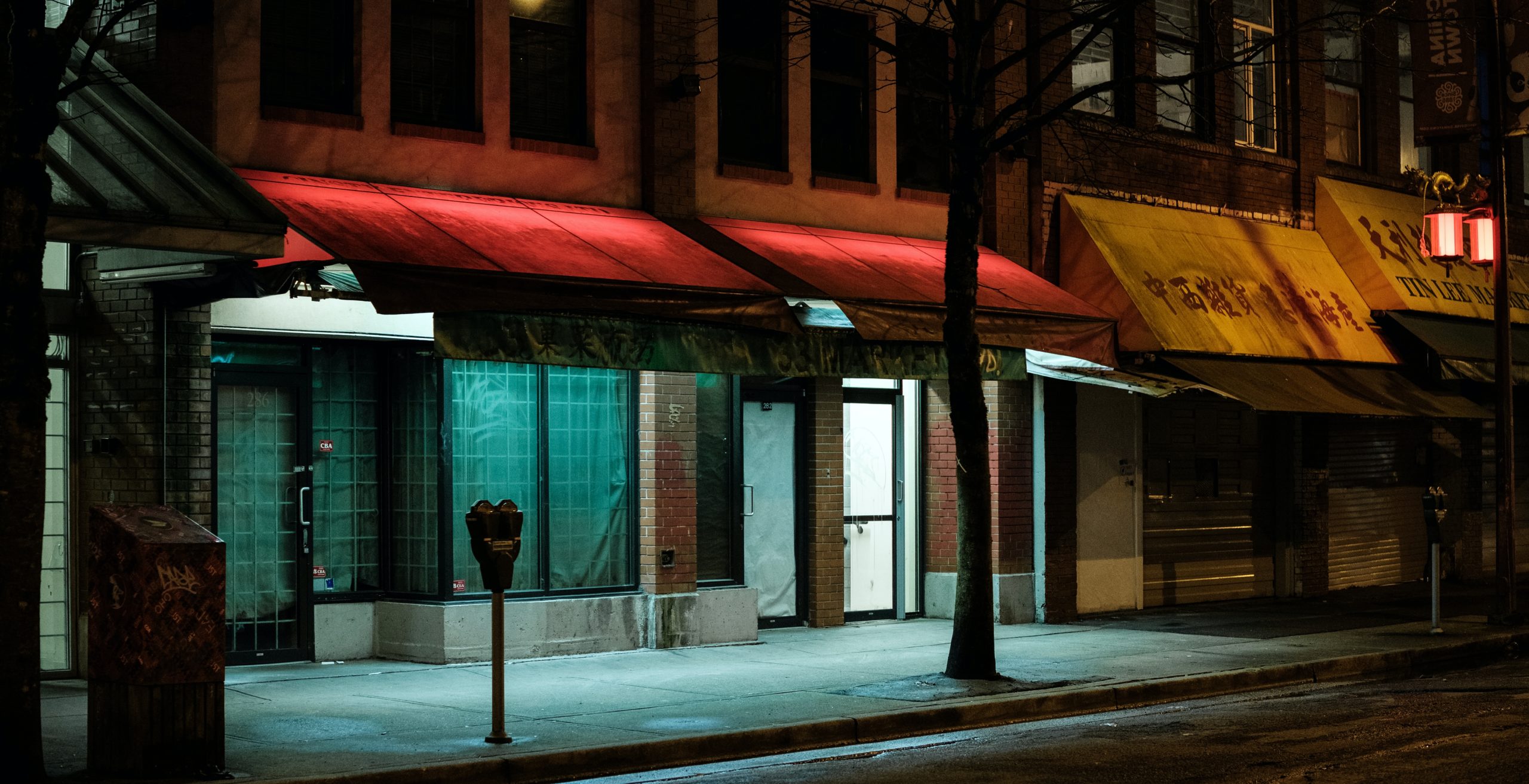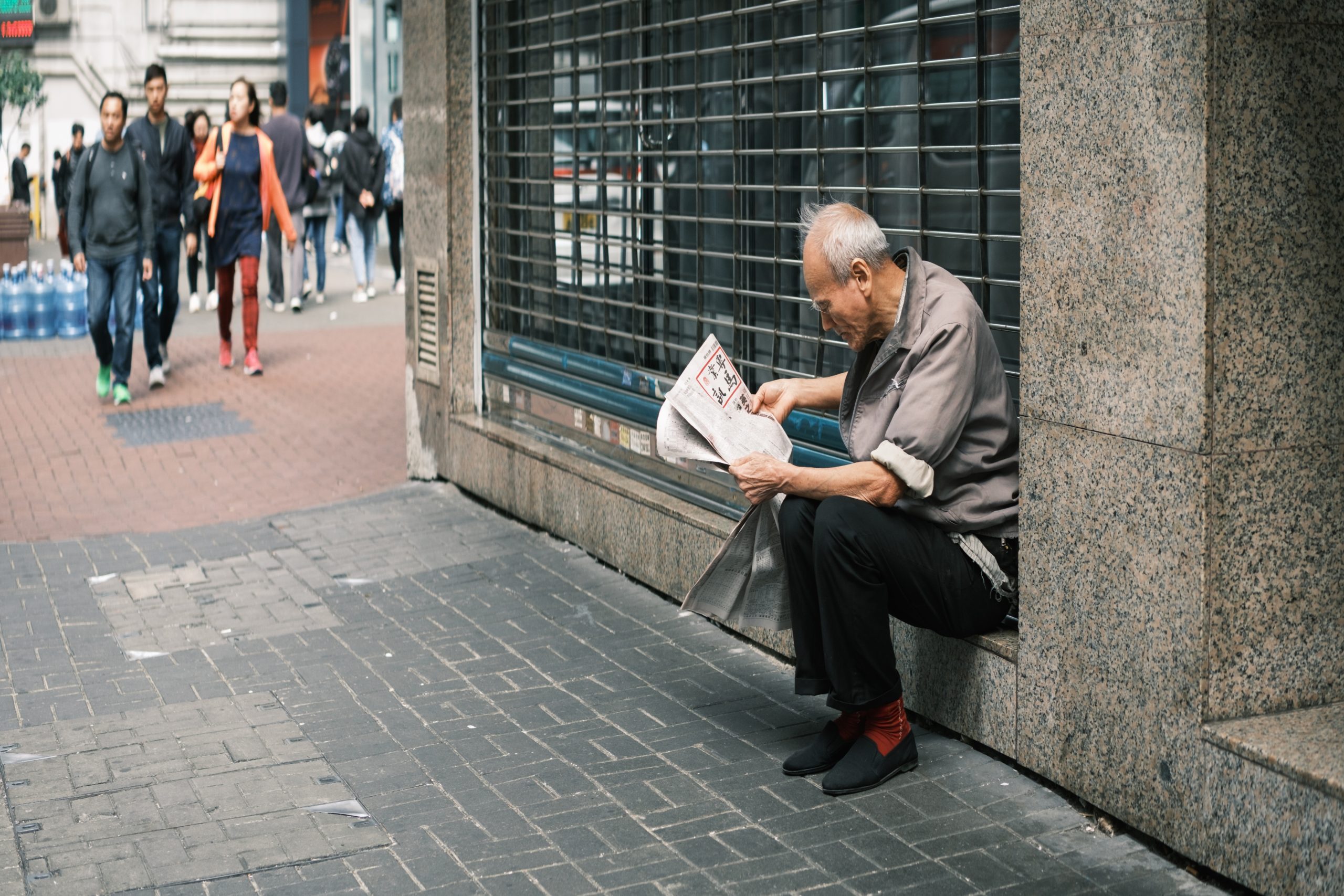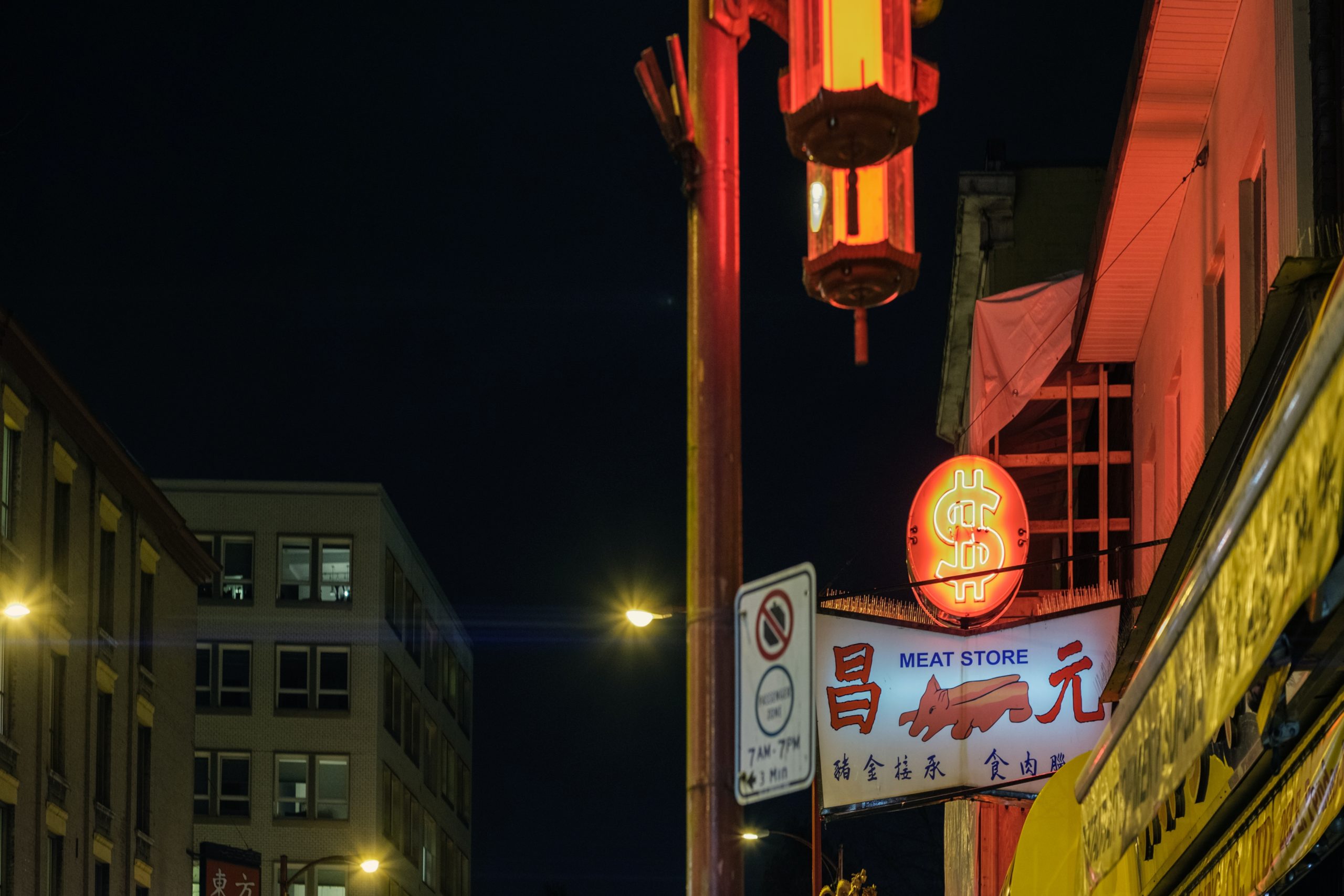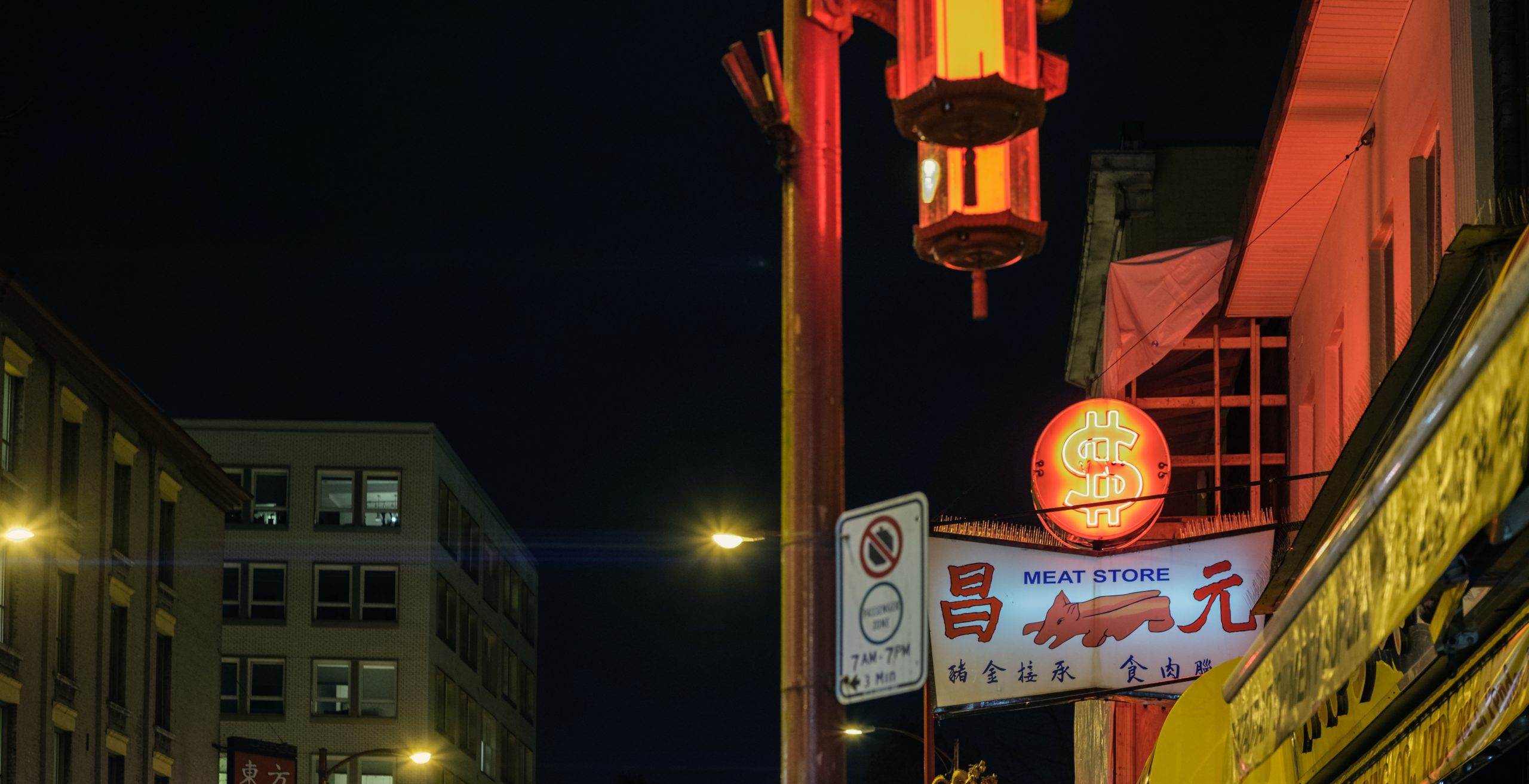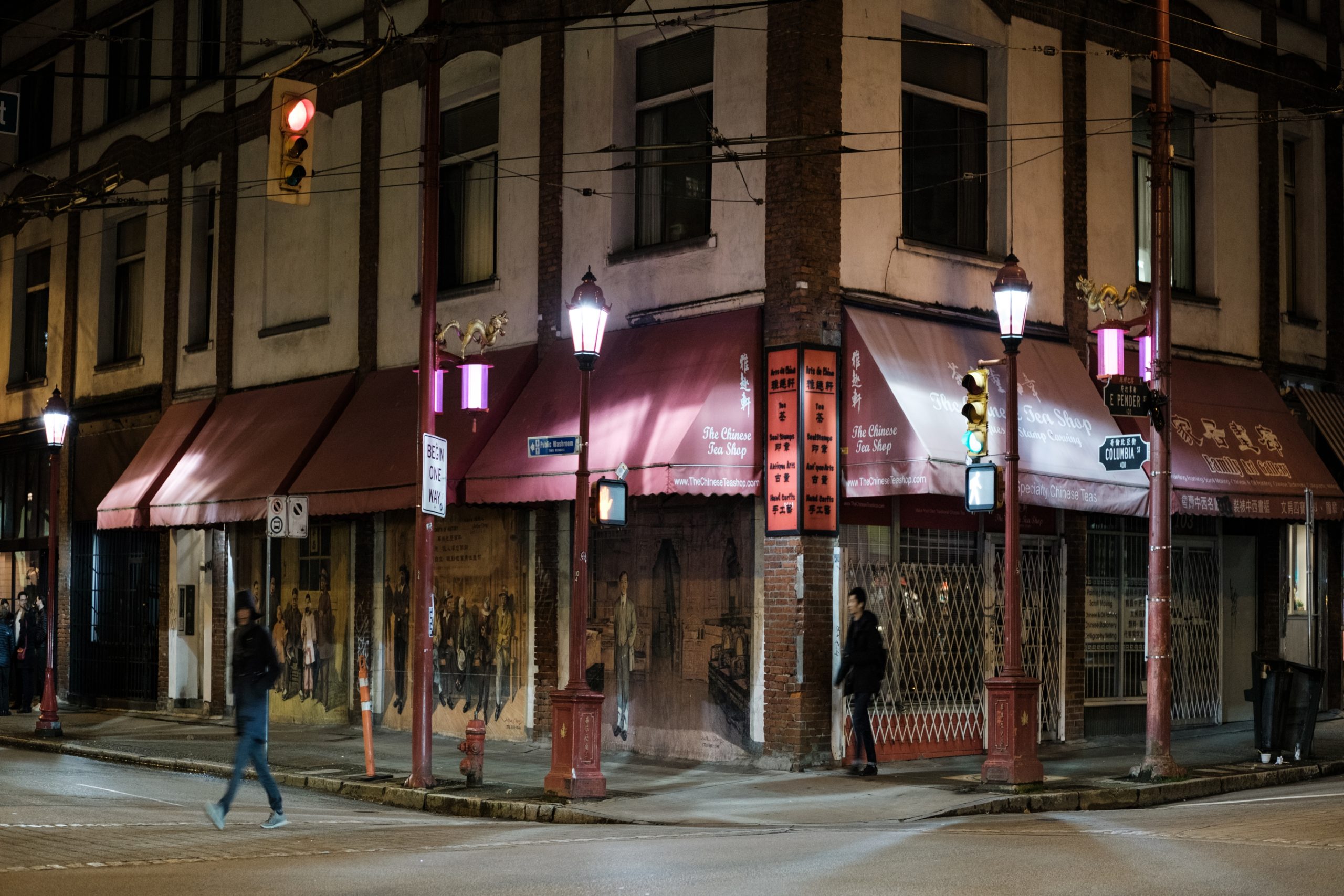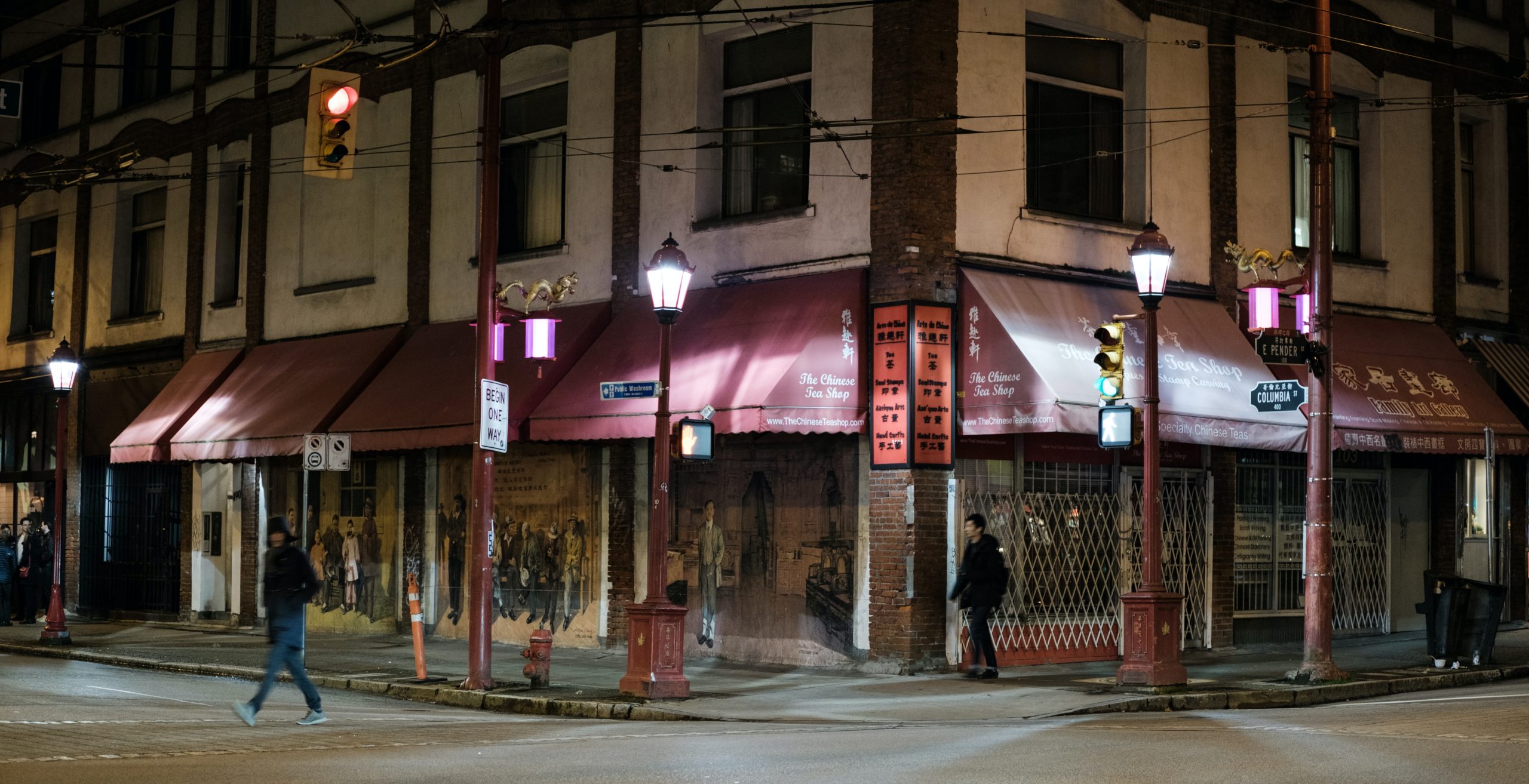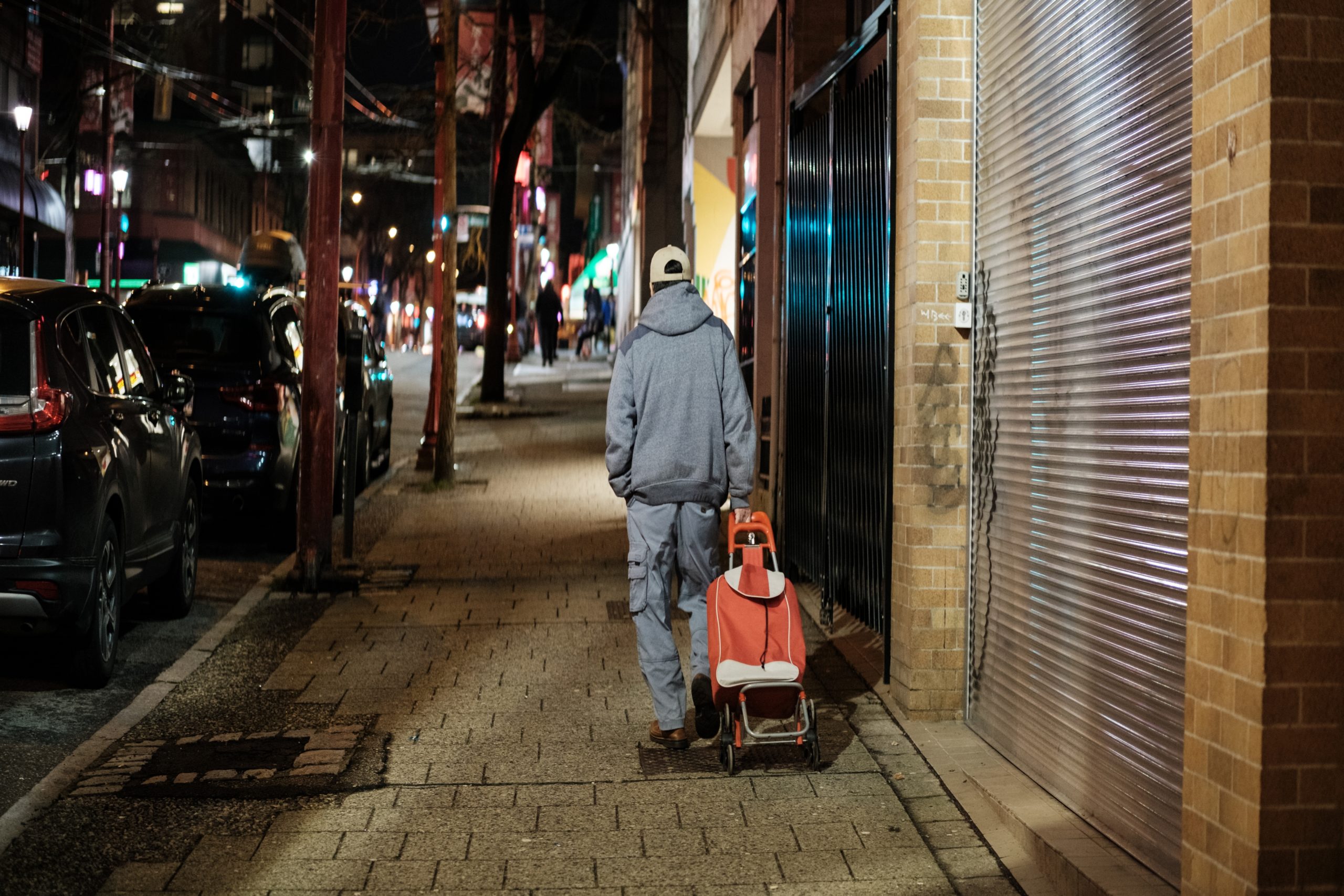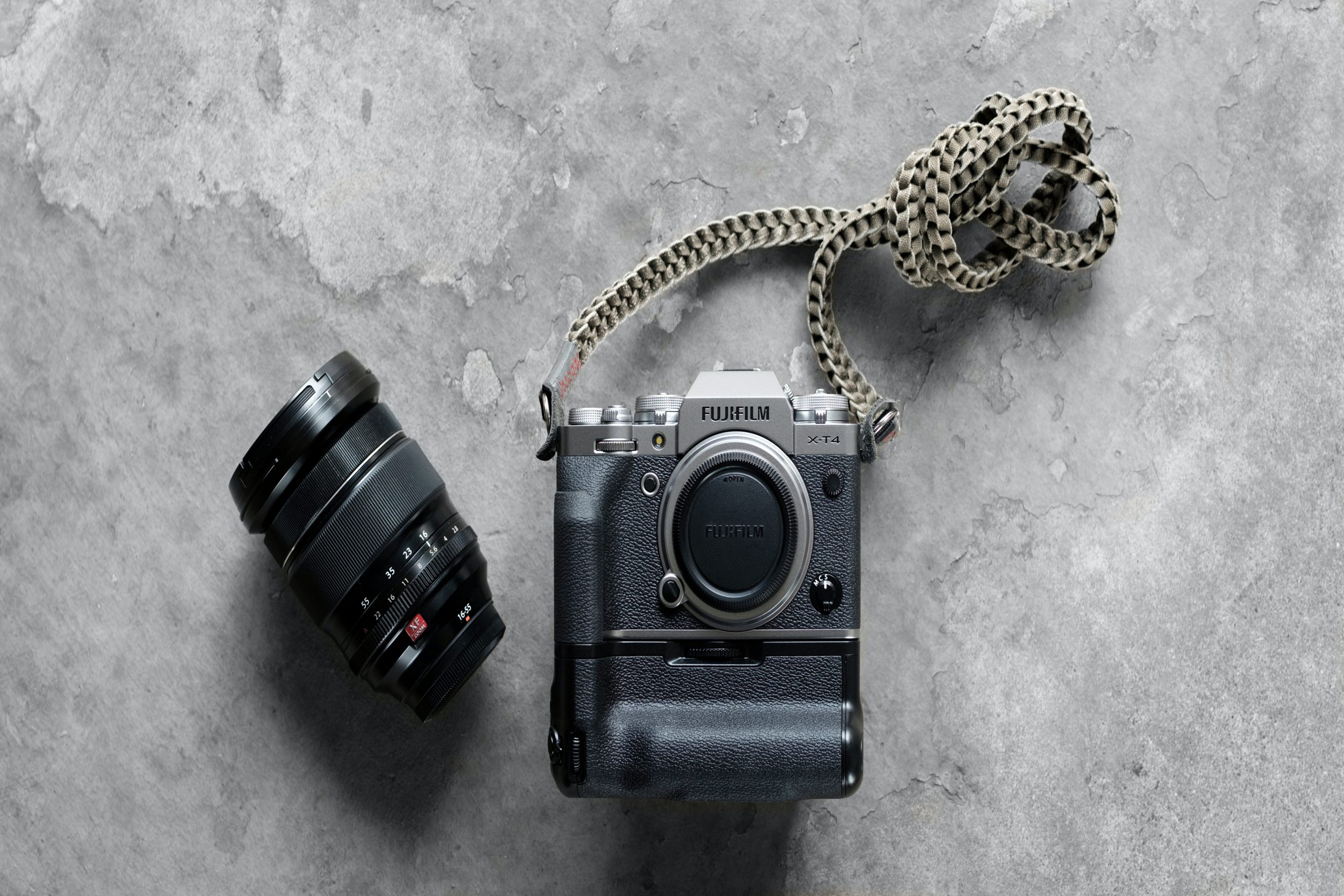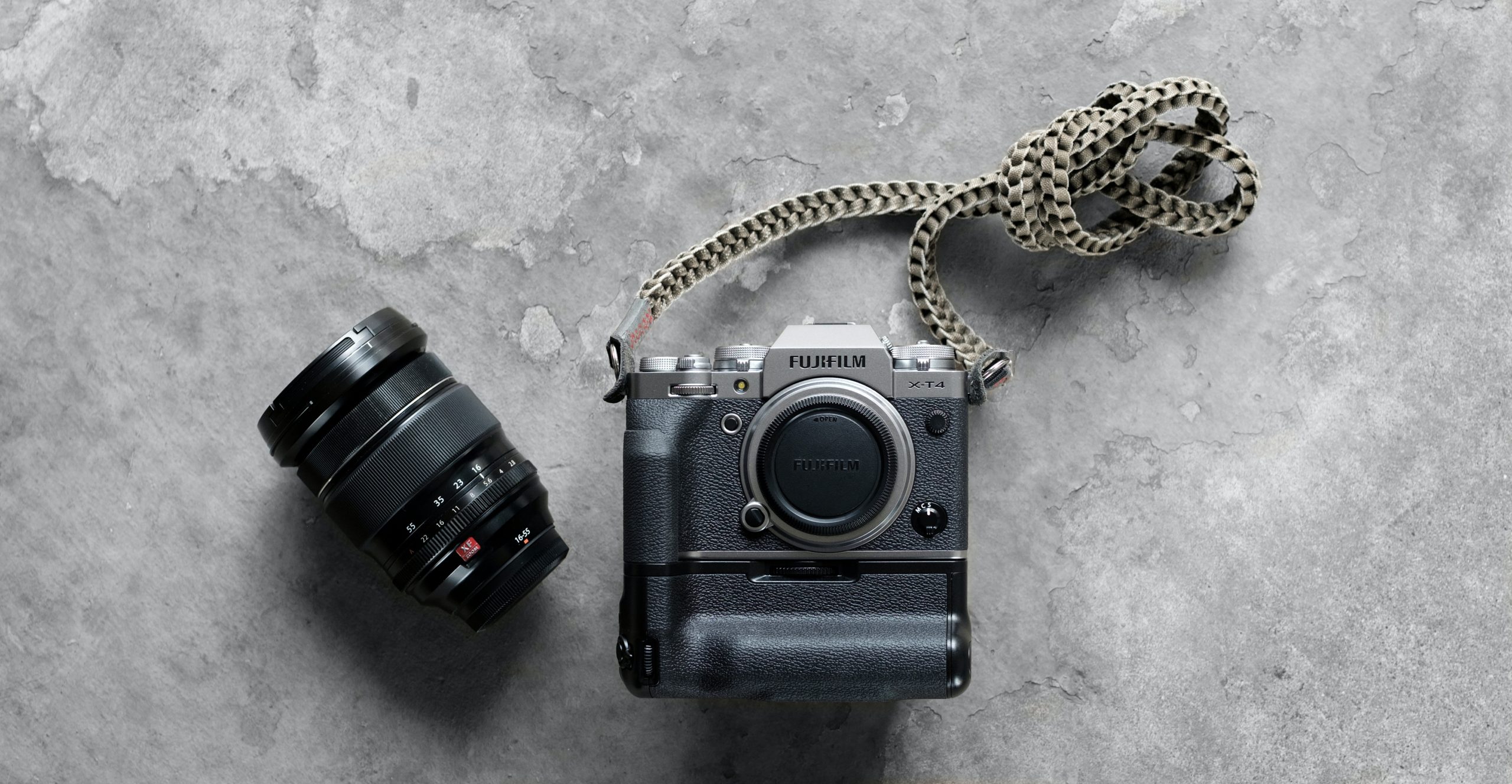I’m a huge fan of the wide cinematic aspect ratio. Even the common photographic ratio of 3:2 feels too square and tall to my eyes. In the early 2000s I was ecstatic when television content and hardware moved away from the ancient 4:3 to the current 16:9 standard; but even this isn’t close to a modern cinematic ratio (that’s why you still get letterboxing when watching movies on our modern TVs). There is no universal standard, but the CinemaScope 2.39:1 is considered the defacto ratio for many cinematographers. This means the width of the screen is 2.39 wider than the height, or in television ratio terms, it’s close to 21:9. To achieve this wide aspect ratio from the previous 4:3 standard on movie film, engineers designed anamorphic lenses that would squeeze the captured image onto the standard movie film with a fixed 4:3 aspect ratio (4 perforations per frame on 35mm film captured vertically). Although the captured movie was vertically distorted (squeezed), the finished movie could then be projected with another de-squeezing lens that could project the movie back to ‘normal’ while providing the benefit of a much wider (2.39x wider) aspect ratio. With modern movies, the de-squeezing can take place digitally in software during the editing process.
The original anamorphic lenses designed for the movie industry during the film era are still worth hundreds of thousands of dollars, many of them only available for rental due to their rarity thus high value. Recently manufacturers have started building more economical anamorphic lenses worth thousands of dollars for digital cameras, allowing independent film makers to have access to these great cinematic tools. Since most digital cameras only crop the top and bottom of digital sensors (either 3:2 or 4:3 ratio) to get the 16:9 aspect ratio, even more cropping would be necessary to get a 21:9 aspect ratio. Until sensor manufacturers start building wider aspect ratio sensors (Sony could fuse two APS-C sensors for a 16mm x 48mm for a 3:1 ratio) cinematographers will need to rely on anamorphic lenses to extend the horizontal field of view.
As previously mentioned, the biggest obstacle for cinematographers was access to these very specialized and often cost prohibitive lenses. Most PL mount anamorphic lenses are in the $30,000-100,000 USD price range, and these are considered midrange models. In recent years, due to the popularity of digital mirrorless cameras for movie recording, specifically the Panasonic GH series of cameras, brands like Vazen and SLR Magic now have $2,000-3,000 range of anamorphic lenses for the M43 mount. Although expensive, it’s no longer cost prohibitive for independent movie makers to own these specialty lenses.
When Sirui Imaging asked if I wanted to review their sub $1000 (currently it’s $799 on Indiegogo) 50mm f/1.8 1.33x anamorphic lens, I thought they were kidding. They were dead serious. Although I’m not a cinematographer, I was curious how this lens would perform for both video and stills. For video this 1.33x anamorphic lens could potentially provide a 2.39:1 ratio, for stills it will modify my native 3:2 ratio to 4:2 (or 2:1). As a stills photographer who enjoys cropping my images to 16:9, I was excited to give this lens a test. The opportunity to get a wide aspect ratio image without having to crop my images has always been my goal with a digital camera, and the best solution has now become economically feasible with this new Sirui anamorphic lens.
One major benefit for stills photographers is getting a wider angle image with a cinematic aspect ratio without losing sensor resolution. The native resolution of my X-Pro3 is 6240 x 4160, or a 26MP image. By extending my horizontal resolution by 1.33, my de-squeezed anamorphic image becomes 8166 x 4160, or a 34MP image. The Sirui 50mm lens has a 75mm equivalent field of view compared to full-frame, but I have an extended angle of view similar to a 35mm lens (or 50mm equivalent). It’s like having a custom 16mm x 32mm 34MP 2:1 stretched APS-C sensor on my X-Pro3 and X-T4.
I have always wanted a digital version of the original Fujifilm T-X1 (aka Hasselblad XPan) with a 24mm x 65mm image (2.7:1 ratio). In fact, the medium format GFX system does offer a 65:24 crop mode in homage to the T-X1 due to the extra resolution of the medium format sensor. However, the X-Series’ APS-C sensor would have to crop to 6240 x 2304 or 14MP image. This is probably the reason why Fujifilm has not offered this extreme crop on the X Series. Although I’m not getting a 2.7:1 ratio with the Sirui lens, I am getting a 2:1 ratio (that’s slightly wider than 16:9) but without having to crop my images. There are other benefits using anamorphic lenses over standard lenses, such as the unique horizontal light flares and oval out-of-focus light spots or bokeh. Your stills images will look like screen shots of a movie scene, something I’ve always dreamed of doing with my photographs.
The Sirui 50mm f/1.8 uses a smooth de-clicked aperture ring from f/1.8 to f/16 with 10 rounded aperture blades for creamy out-of-focus areas. Since this is a manual focus lens, make sure your Fujifilm camera is in manual focus mode and have focus peaking turned on for quick and easy focusing. The lens has a 143 degree rotation for focus, but most of the throw is below 12ft or 4 metres. Focus is easy and smooth with a copper focus adjustment; but since the lens does not communicate with the body, you have to look at the top of the lens to make sure you know your focus distance as well as your aperture setting.

The build quality of this lens is very high with an all aluminum body with German Schott optical glass lens elements. At 69.2mm x 105.5mm and 56og with a 67mm filter thread, this may seem large for a 50mm f/1.8 lens, but compared to other anamorphic lenses, this is actually quite compact. For instance the Vazen 40mm t/2 anamorphic lens for the M43 mount has a 80mm equivalent in full-frame, it’s 109.98 x 109.98 and 1800g with a 95mm front diameter (and it’s over $3,000). The Sirui is sharp even at f/1.8, but hitting focus at far distances can be difficult due to the short focus throw at the distances between 50ft/15M to infinity. In terms of distortion correction, I did notice slight ‘anamorphic mumps’, which means the anamorphic squeeze is not perfectly uniform across the image field. To be honest, even the most expensive anamorphic lens does not have perfectly uniform squeezing, but I did notice it was more apparent when having people at different distances and at different ends of the frame (notice opening image).
Again this is characteristic of any anamorphic lens, especially at specific focus distances. Some older anamorphic cinema lenses had two anamorphic lenses stacked, and the squeeze could be adjusted based on the distance and the amount of distortion across the image field (for instance if someone walked across the frame and the amount of squeeze was uneven across the frame). Since I’m not an expert on anamorphic lenses, I don’t know if the distortion on the Sirui is acceptable or not, but considering the price, I’m really not complaining. As a stills photographer, I can easily adjust the overall de-squeezing ratio to adjust for this optical anomaly. I found that anywhere between 1.25x and 1.33x was necessary depending on my focus distance. This may be caused by the focus breathing which may affect the amount of squeeze. Again, this is my first time using an anamorphic lens so I will have to do more testing to see what his happening at various focus distances
For videographers, de-squeezing footage can be somewhat difficult (use the free software Handbrake), but for stills photographers it’s pretty simple. With Photoshop, just go to Images-Image Size, and under the width box (make sure the width and height are not locked and select pixels as the variable) multiply the pixels by 1.33 times. There are other free apps such as PhotoScape X for both Windows and Mac that has a resizing tool as well, including a batch processing tool (this may be a paid upgrade feature). There are also mobile phone apps to de-squeeze, so you can import directly from your camera to your smartphone or tablet and de-squeeze on the go. Yes it’s an extra step versus outputting a regular image, but as you can see by these images, the extra work is worth it if you want to capture a cinematic photograph
Overall I am very pleased with Sirui’s first attempt at getting into the anamorphic lens market. Being able to create and bring to market a specialty lens for under $1000 is a huge achievement for any manufacturer. Perhaps this may motivate other manufactures to create reasonably priced anamorphic lenses for the Fujfilm X Series mount, including Fujifilm themselves. I would also appreciate an anamorphic de-squeeze mode in the firmware. For now I would use an external monitor with a de-squeeze option if I want to see something right away, but this is more a tool for cinematographers, not photographers. Learn to see the image squeezed and imagine it de-squeezed. In fact, there’s a certain anticipation and surprise to see an image being de-squeezed for the first time.
One complaint I’ve heard from other reviewers is the 50mm focal length. I understand why Sirui went with this focal length (it’s easier to manufacture a 50mm lens), but perhaps their next lens can be a 35mm f/1.8 anamorphic for wider angle shots. As you can see by my posted images, most of my photography with this lens was a mixture of street and urban landscape with a cinematic twist. If this is your style of photography, this might be the lens to get to play around and get a unique look to your images. I even tested this lens with product images (75mm equivalent is a great focal length for flat lay product images) and having the wider aspect ratio is great for side-by-side comparison images. I will continue testing this lens for both my videography as well as my photography, but I truly feel that this is the next best thing to buying a panoramic film camera such as the Fujifilm T-X1/Hasselbald XPan or the Widelux swing lens panorama camera (a favourite of Jeff Bridges). For under $1000, I can covert any of my Fujifilm X Series cameras into a cinematic and panoramic image making tool. Thanks for visiting and happy shooting.


